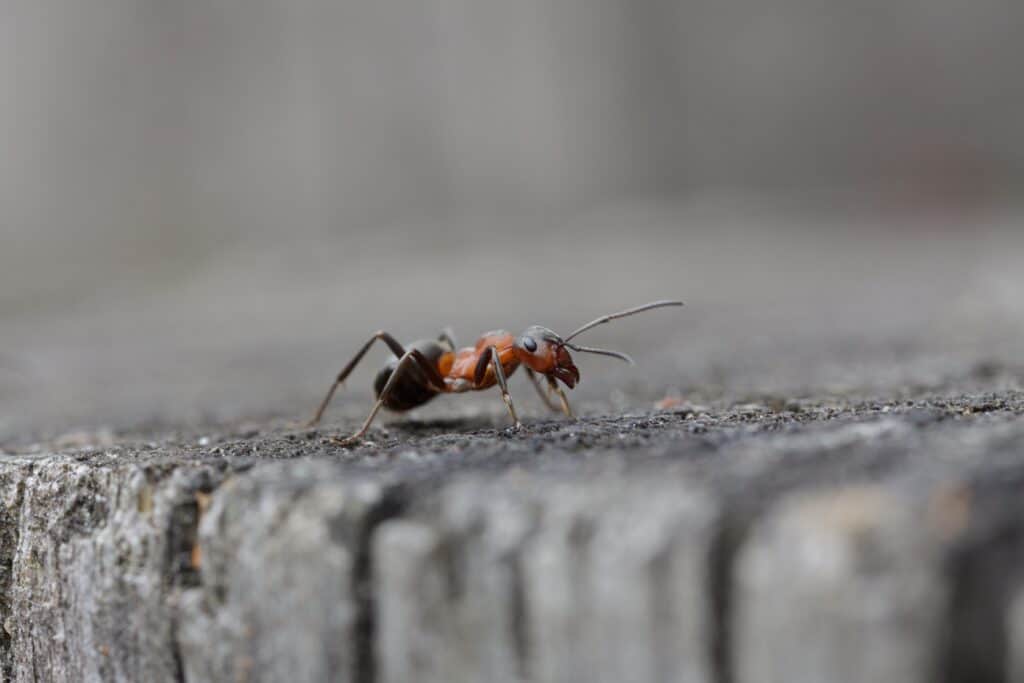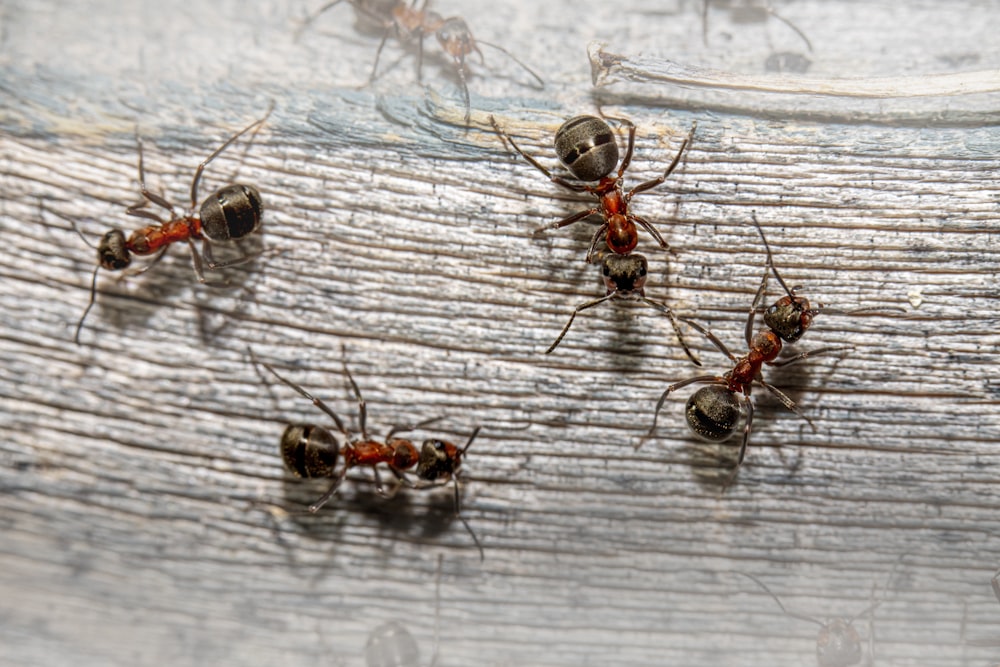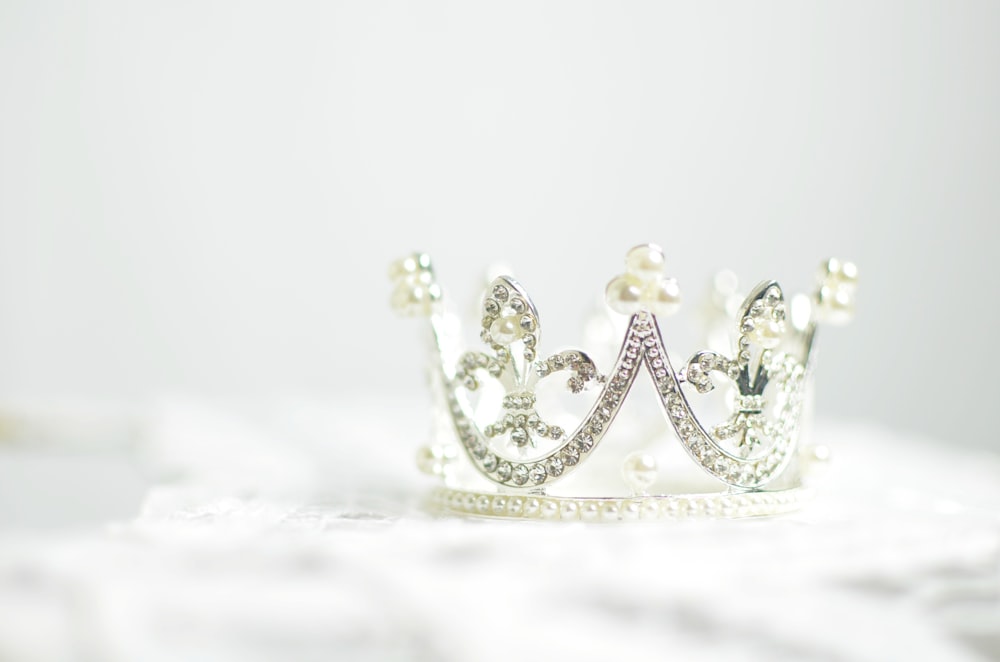If you’re looking to get into ant-keeping, utilizing these tips and tricks to get a Queen Ant out of her ant farm is key to getting started quickly and safely.
Queen ants are the fertile females in an ant colony and the only ants that can lay eggs.
However, If you find a queen ant in your home, it’s best to remove her from the premises as soon as possible before she makes your home an ant colony.
Otherwise, she’ll continue to lay eggs, and you’ll end up with a full-blown infestation on your hands; removing her from the nest as quickly as possible is best.
There are a few different ways to do this, depending on the size of the nest and the number of ants present.
How To Get A Queen Ant Out Her Nest For Ant Keeping
There are a few ways to get a queen ant out of her nest, ant farm, or ant colony.
We go over methods for removal (if you have an infestation) and capturing (if you want to get started in ant-keeping).
Keep this in mind as you go through this article, and find the method most suited for you.
Scoop up Queen ant with a container and remove her
This is usually the easiest and most basic method, but it can be challenging to find or spot the Queen Ant if she is hiding inside the nest.
Once you have the queen ant out of her nest, you can catch and release her into the wild or keep her as a pet.
If you decide to keep her as your queen ant, it is essential to provide her with a suitable environment, such as an ant farm, where she can build her colony, as she can be the mother of an entire ant colony.
You can also place the queens in a film canister.
Sometimes, just scooping up a Queen Ant running around is hard, and we have to use other methods.
One of our favorite ant-keeping methods is using a Queen excluder (Assuming you already have an ant farm).
Use a Queen Excluder Device
An excluder is a device that allows a worker ant to pass through, not the ant queen.
All you need to do is find the entry point of the nest, block it off with a piece of cardboard or something similar, and place the excluder.
You can also use a vacuum cleaner turned on to a very low suction to harass her out or dig her out of the ground.
The queen will then be forced to leave the ant nest in search of a safer place, or to go and look for a new colony; when she does that, the excluder will isolate the queen ant for easy capturing. (Read More Here)
Use a Baiting System to Isolate the Queen Ant
This involves placing a piece of food inside a container and then sealing the container so that the queen can’t get out.
Remember, Queen Ants (outside of semi-claustral ants in the founding stages) will send the workers to capture food, instead of themselves.
The worker ants will quickly migrate to the new food source. If your nest has a ton of ants running around, this will quickly leave just the queen behind to be easily identified.
You can use this effectively to again isolate and catch your queen ant.
Tools That Can Be Used To Get A Queen Ant Out Her Nest Safely
Vacuum cleaner
A vacuum cleaner can be used to get a queen ant out of her nest. Remove the vacuum attachment, turn the vacuum cleaner on and hold it up to the nest opening.
The ant colony dwellers and the queen will slowly be sucked out.
Depending on your specific vacuum settings, using the lowest setting and a clean internal tank (where the items are sucked into) will ensure that your Queen Ant has the highest chance of survival.
This method should be used in drastic situations, but we’ve seen a ton of success with it.
[amazon box=”B004OHAK5K”]
Piece of paper
We could also use a piece of paper to get a queen ant out of her nest. Place the piece of paper over the nest opening and wait for the queen ant to come out.
Once she is on the paper, carefully fold it and remove her from the nest site.
You’ll probably need to agitate her a bit to get her moving, especially if your Queen Ant is buried.
Using something like a Plunger could help.
Plunger
A plunger can be used to get queen ants out of their nest. Place the plunger over the nest opening and press down firmly, but slowly.
The air displacement will scatter the ant farm, potentially leading the workers to move the Queen Ant. Remember, Queen Ants are hidden deep in an ant farm and will need a high level of discomfort to move the colony.
[amazon box=”B0829FBWSD”]
Toothpick
A toothpick can be used to get a queen ant out of her nest.
Simply insert the toothpick into the nest opening and wait for the queen ant to come to the surface.
Once she is on the toothpick, carefully remove her from the nest.
We suggest you start with the toothpick method, but we usually only see success with very curious queen ants.
[amazon box=”B0931QN96B”]
Other Articles About Ant Keeping
Now that you’ve extracted your Queen Ant, you’re going to want to check the article below to get started with Ant-keeping.
How To Get Resistant Queen Ants Out During an Infestation
If you have an infestation that has led to a resistant queen ant in your home, you can do a few things to get her out.
Physically removing her from the nest is the first thing you should try, and this can be done by using tweezers or other small tools to grab her and pull her out.
Doing this ensures that you’ve removed the Queen Ant, and that the infestation is over. (in monogyne colonies)
You can also try suctioning and removing her using a vacuum cleaner like previously mentioned, but this isn’t the best during an infestation.
While these methods above work best during ant keeping, during an infestation you will have to get slightly more drastic to quickly deal with the problem.
Sometimes this involves using Chemicals.
Using Chemicals For Ant Infestations
This can be done by using a pesticide designed to kill all the ants and insects running around your house.
A mixture of water and vinegar could also be used if you’re interested in a natural product. Pour this mixture into the ant nest, killing the queen ants.
Continue to pour this mixture every 2-3 hours – until you’re sure the infestation is over.
[amazon box=”B07985NMQD”]
Use Poison to Kill the Queen Ant
This is usually not recommended for those with an ant farm, as it can kill all the ants (male ants, female worker ants, and other ant species).
The whole colony dies without a queen to produce new ants, and these chemicals can harm the environment.
Should you decide to do this, make sure you kill all the queen ants, as there can be more than one queen (possibly several queens) in a nest.
Using Pest Control
Another option is to use a pest control company to remove the queen ant.
This is usually the most effective option, as they will have the tools and experience necessary to get rid of the queen ants quickly and efficiently. Additionally, they will aid in your ant control efforts.
The final way of getting a resistant queen out of her nest is to use a physical barrier.
This can be done by using a piece of cardboard or other material to block the entrance to the nest. This will prevent the queen from getting out and will eventually kill her.
Find the Queen Ant’s Chamber and Destroy it.
Trying to catch queen ants will cause the queen to leave the nest in search of a new place to live.
If the ant colony tunnel goes deep underground, you can flood it or apply immense heat.
After the worker ants come out with the larvae, the other ants will come out, and eventually, the queen ant will come out.
Using Hot Temperatures for the Queen Ant
Another way of getting resistant queen ants out of the nest is to use heat.
The easiest way to apply this method is to heat the nest using a hair dryer or other heat source like boiling water.
This will create massive amounts of stress on the ant farm, killing the queen and the rest of the ants in the nest.
Many prefer this method, as there isn’t
Using Cold Temperatures
Another way of getting resistant queen ants out of the nest is to use cold.
A spray bottle filled with water can be slightly frozen this way.
Then, apply the frozen water to the nest, killing the queen and the rest of the ants in the nest.
Other Articles about Ant Prevention
Keeping ants away is pivotal, we go over some specific tips and tricks in these articles that will help you keep ants away from your home and your valuable items.
- Plants That Keep Ants Away
- Keep Your Hummingbird Feeder Clear of Ants
- Keeping Ants From Fruit Trees
- Removing Ants From Dog Food
- Best Way To Keep Ants Out of the house
When the queen dies, what happens to the worker ants?
The worker ants can only survive for a few months after the queen dies, which is unfortunate for the ant colonies.
Due to the workers’ inability to reproduce, the colony disappears relatively fast. The workers die out when there is no queen to lay eggs, and no new ones are produced to take their place.
How Do Queen Ants Appear in an Ant Colony?
The queen ant’s anatomy isn’t all that different from the workers, and a queen rarely leaves the nest since she spends most of her time laying eggs.
When the queen emerges from the ant nest, it is time for mating, and she is searching for a mate.
The queen is larger than the males and workers while sharing most of their physical parts, and her reproductive organs are located in her bigger gaster.
In addition, the queens have wings, making them the winged queen, which they rip off after mating.
The queen’s bulky thorax accounts for roughly half of its body.
So you can utilize that as another distinguishing trait to tell the workers and royalty apart.
How can Queen Ants be killed?
If you see an anthill or a colony of ants in your yard, search for one that is bigger than the others or has wings.
Typically, that is the queen.
The most apparent method to eliminate the colony is to do something drastic to the anthill that will kill the hidden queen, even if you only see the workers.
Although she might be in the nest, there is no certainty that you will be able to kill her.
Pouring hot water inside an anthill is one method of destroying it, which ought to eliminate a few workers and perhaps the queen.
If you find it, you may want to act quickly to get rid of any ant that appears to be the queen.
How Are Queen Ants Born?
Three ant species—worker females, worker males, and the queen—begin to mature as soon as the eggs hatch.
The life cycles of these three ant species differ slightly, and a queen’s transformation can take a few weeks to several months.
The method for producing the queen differs depending on the species.
You can imagine how diverse approaches there are, considering that there are over 12,000 species.
The harvester ants, for instance, pick their queen while she is still an egg.
Other species feed one of the larvae more royal jelly than the others, and that larval eventually becomes the colony’s queen.
What is the Role of the Queen Ant in an Ant Colony?
Queen ants primarily play two roles. They are programmed to start building a new colony at a young age.
This young queen will depart from her birth colony, mate, and then locate a new nest site where she will lay her first clutch of eggs.
The queen shifts her attention to the next phase of her life: becoming a full-time breeding machine; once those larvae have grown up can care for her.
Queen ants are incredibly fertile and have a long-enough lifespan in which they can lay millions of eggs.
Despite her royal title, the queen ant does not sit on a throne above the other ants and spends most of her time breeding.
She doesn’t lead the colony’s ants or make decisions on their behalf.
Instead, she and the rest of the coronary are driven by instinct.
and a basic notion of how she can meet the colony’s requirements, just like every other ant in the colony.
Other ants will bring her food and keep her clean, but it is the only sign of royal treatment she receives.
How are Queen Ants Created?
A normal ant colony shifts its attention from being focused on its growth to fully reproducing itself as it becomes older.
When that stage is reached, the existing colony’s queen starts sporadically producing new drones and queens.
In one, these “princesses” and their male drones will depart the colony.
Once they have successfully mated, the new queens begin the process again by starting their colonies in new places and laying eggs.
Random Facts on ants
- The colony queen lives longer than its other ants. They have a lifespan of 10 to 30 years.
- Despite having wings, queens don’t fly very often. Typically, you can see these ants flying during their nuptial flight.
- Until they leave the nest and mate, future queens are referred to as princesses.
- Queens will go to whatever lengths to remain alive, even if it means the end of their colony.
- Other ants frequently surround the queen. The queen is taken care of by and fed by these ants.
- It is possible to remove a queen ant, especially in colonies with several queens. The less fertile queen is more likely to be killed by worker ants.
- Ants “hear” by sensing ground vibrations rather than using their auditory canals. Ants use specialized sensors on their knees and feet to decipher signals from their surroundings. They also use their body hair and antennae as sense organs when foraging for food.
- Due to their diminutive size compared to larger animals, ants have thicker muscles than their body mass. As a result, ants can carry objects that are much heavier and larger than they are. To put that into perspective, a 200-pound man could lift a tiny automobile above his head if humans could move objects ten times heavier than themselves.
- Every continent on Earth, save Antarctica, is home to ants. Although there are no native ant species on some islands, such as Greenland, humans have brought some of them there. Only humans have a higher population density than ants.








